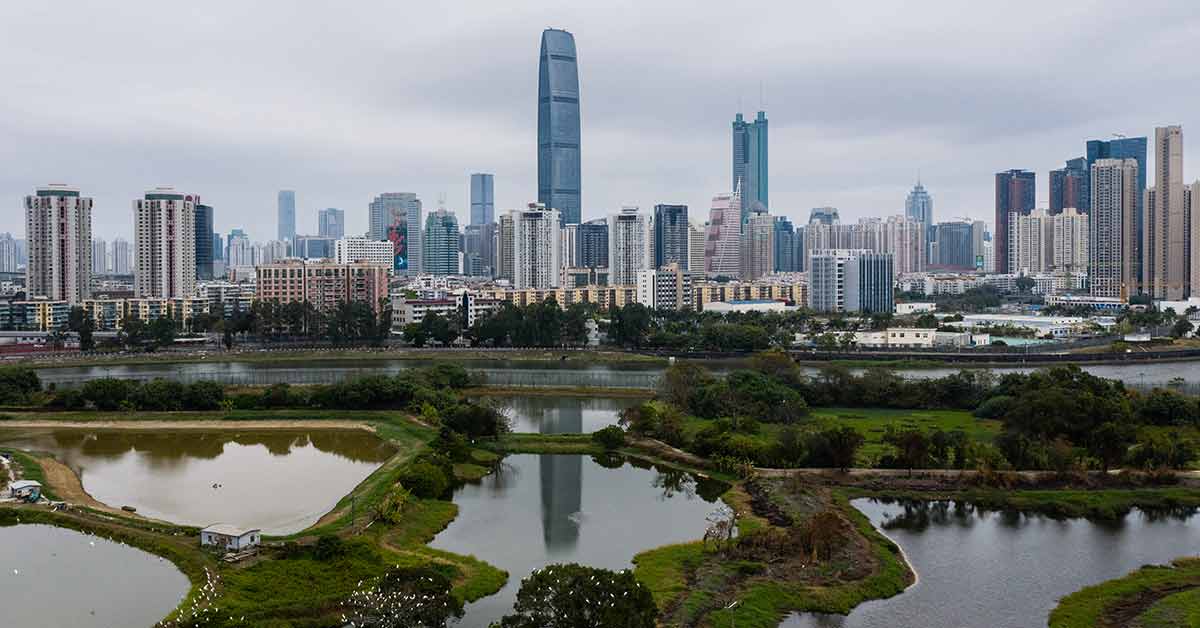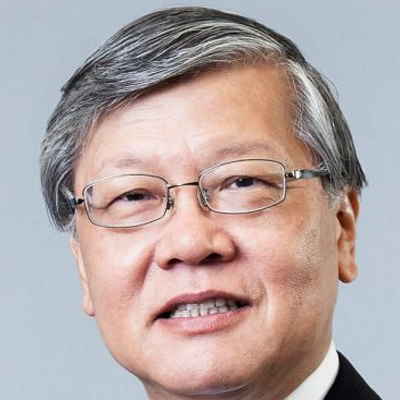Early this month, on the 40th anniversary of Shenzhen’s designation as a (SEZ), Chinese President Xi Jinping unveiled a blueprint for building the city into a trade, finance, and technology hub. Most China-watchers have focused on what this means for Hong Kong, Shanghai, or at most the Guangdong-Hong Kong-Macau Greater Bay Area. But such narrow assessments fail to capture the true significance of Xi’s plans for Shenzhen.
In fact, Xi’s tour of the Guangdong province, which culminated in his speech in Shenzhen, was reminiscent of Deng Xiaoping’s famous 1992 southern tour, during which he delivered a series of speeches that formed the foundations of Deng Xiaoping Theory. In this sense, it may well mark the beginning of a new era of China’s “reform and opening up.”
It was Xi’s own father, Xi Zhongxun, who, as the Guangdong province’s first Communist Party secretary, played a central role in establishing the initial SEZs in Shenzhen, Zhuhai, Shantou, and Xiamen (with Hainan added later). At the time, the chaos of the Cultural Revolution had pushed China’s economy to the brink of collapse. With Guangdong facing severe food shortages, its residents were fleeing to Hong Kong.
That is when China decided to create designated export-processing zones, financed largely by investment from Chinese overseas, including in Hong Kong. Thanks to Hong Kong’s busy port and world-class financial sector, Shenzhen was able to access new ideas, technologies, and resources that could spur entrepreneurial activity.
These experiments with market forces within China’s centrally planned economy were breathtakingly daring. And they worked. Over the last 40 years, Shenzhen achieved a staggering 20.7 percent average annual gross domestic product (GDP) growth rate. What was once a poor fishing village has now the highest per capita GDP on the mainland, and a total GDP on par with Hong Kong’s at CN¥2.7 trillion (US$402 billion).
But the world has changed significantly in recent years, and even in recent months. Amid the COVID-19 pandemic, the global recession it has triggered, rising geopolitical tensions, and rapid environmental degradation, no one in Beijing has any illusions that the next phase of development will be easy.
On the contrary, to sustain progress, an updated approach to reform and opening up is essential. And Shenzhen – which has performed the best among the first cohort of SEZs – is the ideal place to test that approach.
This is in line with China’s approach to development, which has always been based less on a particular theory or predetermined plan than on a process of experimentation under uncertain conditions. The process always begins with a hard-nosed appraisal of existing opportunities, threats, barriers, and possible breakthrough points.
Such an appraisal is what produced China’s dual-circulation strategy, which is expected to be central to China’s soon-to-be-unveiled 14th Five-Year Plan, covering the 2021-25 period. Far from implying that China is “turning inward,” as many have claimed, that strategy promises to improve the balance between openness to global opportunities and reliance on domestic production, distribution, and consumption.
The next step in China’s experimentation process is typically to test new reforms or approaches in a particular region, before implementing successful policies more widely, using a phased, coordinated approach. That is what is set to happen in Shenzhen.
The experimentation process clearly has top-down direction, but it is managed largely at the local level. Four days after Xi’s Shenzhen speech, the National Development and Reform Commission announced 40 areas where increased autonomy would be delegated to Shenzhen, in order to facilitate the pilot reforms in market development and economic integration.
For example, Shenzhen will have increased authority over the allocation of capital, land, talent, and intellectual-property rights, and greater power to create new business regulations (including dispute-resolution systems) and incentives for innovation. It will also have far more space to create internationally compatible rules (such as financial-market regulations) and systems (including education, health care, and social security), without having to await provincial- or central-government approval.
In keeping with Deng’s approach of “crossing the river by feeling the stones,” the governments of Shenzhen and Guangdong province, as well as relevant central-government ministries, have been tasked with identifying, within the next two years, any additional areas where increased autonomy would facilitate reforms. While it awaits the relevant powers, Shenzhen can still propose new legislation and regulations that override existing Chinese rules, though it would need approval from the National People’s Congress or the State Council.
This approach significantly reduces the barriers to complex systemic reform, supporting a process that is smooth and efficient, but also sequential and incremental. It will ensure that, by the time the 14th Five-Year Plan is complete, Shenzhen has a comprehensive ecosystem of world-class institutions managing its economy, society, environment, and technological progress.
Of course, Shenzhen is not meant to thrive at the expense of the rest of China. As the city undertakes bold reforms, it should consider not only internal objectives, but also the implications for the rest of the country.
Some have argued that the Shenzhen plan is aimed specifically at eroding Hong Kong’s competitive advantages. This narrow view is wrong. The truth is that Shenzhen’s development would create more opportunities for all, by expanding and deepening the regional market.
In his speech, Xi pledged to uphold support for the Greater Bay Area initiative, and the Shenzhen plan includes specific measures to create employment and housing opportunities for Hong Kong’s young people.
Driving forward the development of an economy as large and complex as China’s is a monumental feat in the best of times – not least because there are no models to emulate. Amid hostile external conditions, the challenge is even greater. But with the Shenzhen plan – and the broader adaptation and implementation of the city’s successful reforms – China may well be able to meet it.
Related Articles:


